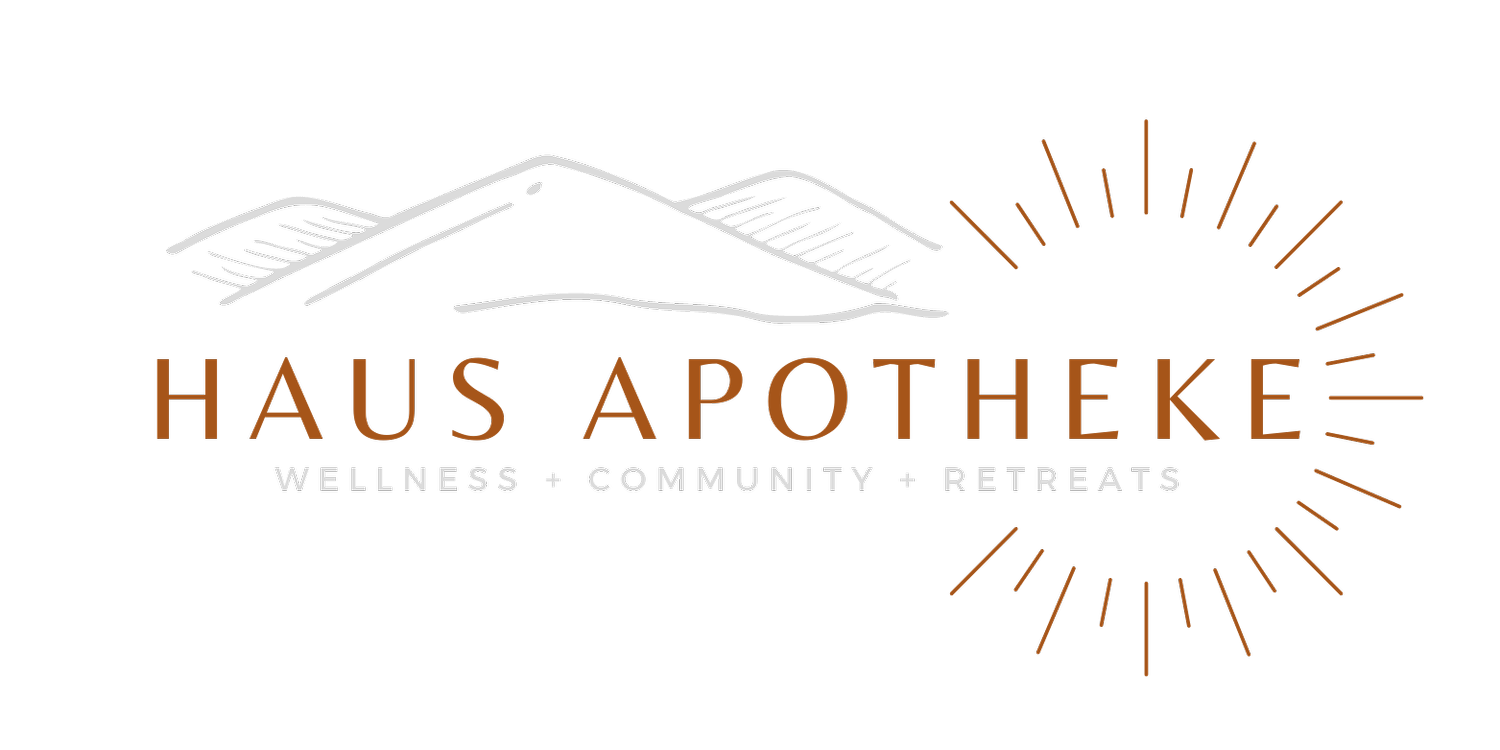We are chronically static as a culture, even in our hyperactivity. What that means is that even in our frantic activity—emailing, texting, driving from A to B, and eating a quick meal over our computer or steering wheel—the body is essentially holding one pose. For simplicity’s sake, I’ll call this pose “computer pose.” Make no mistake, many of us hold this posture for a variety of reasons, including poor core strength, pain or injury, emotional stress, and ill health. Many in our aging community have issues with this posture as strength declines as well.
Computer pose consists of an overly rounded spine, forward-slumping shoulders, and a displacement of the skull that over-extends the neck. These are unfortunate misalignments of the major axial (i.e., head and torso) structures to be holding for long periods of time.
Several things happen when we round the spine and jut the head forward—most notably, the collapse of the chest cavity. In this position, respiration can be severely inhibited with so-called accessory breathing muscles (including the upper trapezius muscles of the neck) having to take on more of the work of moving the ribs as you breathe. Over time, the overuse of these muscles can result in them shortening or tightening, which will in turn only further encourage you to hold the “computer pose” and can lead to the dreaded “tech neck,” the soreness and discomfort you can get after texting, driving, or working at your computer for long periods of time.
In addition to inhibited respiration and habitual poor posture, there are a number of other negative physical effects that can result from sitting in this position, including the following:
Over time, these effects can limit mobility throughout the body. And that limitation can contribute to a hormonal change which creates a nervous system response mimicking the body’s response to danger. Afferent nerves communicate physiological changes to the nervous system, and a crouched or slumped posture can suggest to the nervous system that you’re hiding from an attack (rather than just staring at a computer screen). In other words, your posture gives your brain a lot of information about how to behave and what hormones to supply the body. And if you’re frozen with a crimped, collapsed torso, it’s likely that the internal conversation isn’t contributing to a mental state of ease or lightness. Too much time in this posture might instead leave you feeling anxious.
A sustained release of this muscular holding pattern, then, can help us to free our psyches as well as our bodies from computer pose’s negative effects.
Because of the chronic nature of our computer screen use, a quick stretch, arm swing, or massage isn’t going to be enough to completely counteract the posture’s long-term effects on the body and mind. Rather, those of us experiencing the locked-up effects of computer pose need a sustained release from that position. In comes Yin—Yin Yoga, that is. Based on the principles of yin and yang from Chinese philosophy and a myofascial (as opposed to a musculoskeletal) view of the body, Yin Yoga focuses on what it considers the “yin tissues.” These tissues—the supporting structures of our bodies—include bone, cartilage, ligaments, tendons, and fascia. Proponents of Yin Yoga, along with proponents of myofascial release therapy, hold that through the application of sustained pressure, frozen areas of the body (such as those affected by computer pose) can be progressively restored to a supple, pliable, and (most importantly) adaptable state. When the support structures of the body are fully functional, which in most cases means toned and responsive to impulse, we can more effortlessly adapt to the needs of the moment. In other words, we can be present and engaged with life.
You can begin this practice (or any practice) by invoking Yoga Sutra 1.14, which asserts that dedicating time and focus is the way to achieve perfection in your practice. It takes dedication and love to untangle our bodies from the knotting effects of doing more and doing it faster. So remember why you’re doing this. As you follow this sequence—offering yourself up to the long holds of each pose in furtherance of more ease in your body and your mind—you will be devoting a part of your day to the pursuit of your highest Self.
This Yin Yoga sequence is designed to address what myofascial release proponents term the deep front line of the myofascial body. This includes, among other things, the psoas, quadratus lumborum, and respiratory diaphragm. The deep front line is the fascial web that proponents associate with core stability—a crucial component of maintaining healthy posture and breathing patterns.
Contact Freya for more information and opportunities for Yin Yoga Classes.

